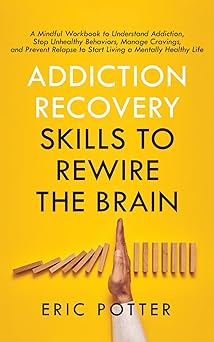Navigating the ubiquitous presence of screens (smartphones, tablets, televisions) in contemporary life requires a critical examination of their impact on young children. How can we effectively manage this digital reality to ensure harmonious development? This question is paramount, as while screens offer unparalleled access to information and entertainment, excessive or inappropriate use can significantly hinder a child’s cognitive, social, physical, and emotional well-being.
The Multifaceted Impact of Excessive Screen Exposure
The digital age presents both opportunities and challenges for child development. The potential negative consequences of excessive screen time are well-documented:
- Cognitive Development:
- Early and prolonged exposure can impair attention span, memory, and creative thinking. Research indicates that excessive screen time can disrupt the development of executive functions, crucial for planning, problem-solving, and self-regulation. (Christakis, 2009; Swing et al., 2010).
- Specifically, studies have shown a correlation between early screen exposure and later attention problems.
- Social Development:
- Face-to-face interactions are fundamental for acquiring essential social skills, including communication, cooperation, and empathy. Reduced interpersonal interactions due to excessive screen time can lead to social isolation and difficulties in developing social competence. (Rideout & Robb, 2019).
- The ability to read non verbal cues, and develop healthy relationships is learned through real world interactions.
- Sleep Disruption:
- The blue light emitted by screens suppresses melatonin production, disrupting the circadian rhythm and leading to sleep disturbances. Poor sleep quality can negatively impact cognitive function, mood, and overall health. (Chang et al., 2015).
- Sleep is critical for brain development, and memory consolidation.
- Physical Health:
- Increased sedentary behavior associated with excessive screen use contributes to obesity, cardiovascular problems, and vision impairments, including digital eye strain. (Tremblay et al., 2011).
- Lack of physical activity can also delay motor skill development.

Navigating Strategies for Balanced Screen Time Management
Implementing effective strategies for managing screen time is crucial for safeguarding children’s well-being:
- Age-Appropriate Guidelines:
- 0-2 Years: The American Academy of Pediatrics (AAP) recommends avoiding screen time for children under 18 months, except for video chatting. For children 18 to 24 months, high-quality programming viewed with a caregiver is advised. (AAP, 2016).
- 2-5 Years: Limit screen time to one hour per day of high-quality programming.
- 6+ Years: Establish consistent limits on screen time, types of media, and times of use.
- Curated Content Selection:
- Prioritize educational and interactive content that fosters curiosity and creativity.
- Minimize passive screen time, such as excessive viewing of cartoons and videos.
- Look for content that encourages critical thinking, and problem solving.
- Creating a Screen-Free Environment:
- Designate screen-free zones, such as bedrooms and dining areas.
- Encourage alternative activities, including physical play, board games, reading, and creative pursuits.
- Parents should model healthy screen habits.
- Open Communication and Dialogue:
- Engage in open conversations about screen use, explaining the rationale behind established rules.
- Address children’s questions and concerns about screens patiently and honestly.
- Help children understand the difference between healthy and unhealthy screen habits.
Harnessing the Benefits of Responsible Screen Use
While the potential risks of excessive screen time are evident, screens can also serve as valuable tools for learning and socialization:
- Educational Tool:
- Utilize educational applications and platforms to enhance learning experiences.
- Social Connectivity:
- Facilitate online interactions with distant family and friends.
- Digital Literacy Development:
- Teach children to critically evaluate digital information and use digital tools responsibly.
- Developing skills that will be needed in an ever more digital world is a requirement.
Conclusion: Fostering a Balanced Digital Lifestyle
In an increasingly digital world, it is imperative to guide children in their exploration of technology while providing a safe and supportive framework. By adopting a proactive and collaborative approach, parents, educators, and caregivers can empower children to maximize the benefits of technology while safeguarding their overall well-being. Promoting balanced screen time, fostering digital literacy, and prioritizing real-world interactions are essential for ensuring children’s healthy development in the digital age.












No Comment! Be the first one.